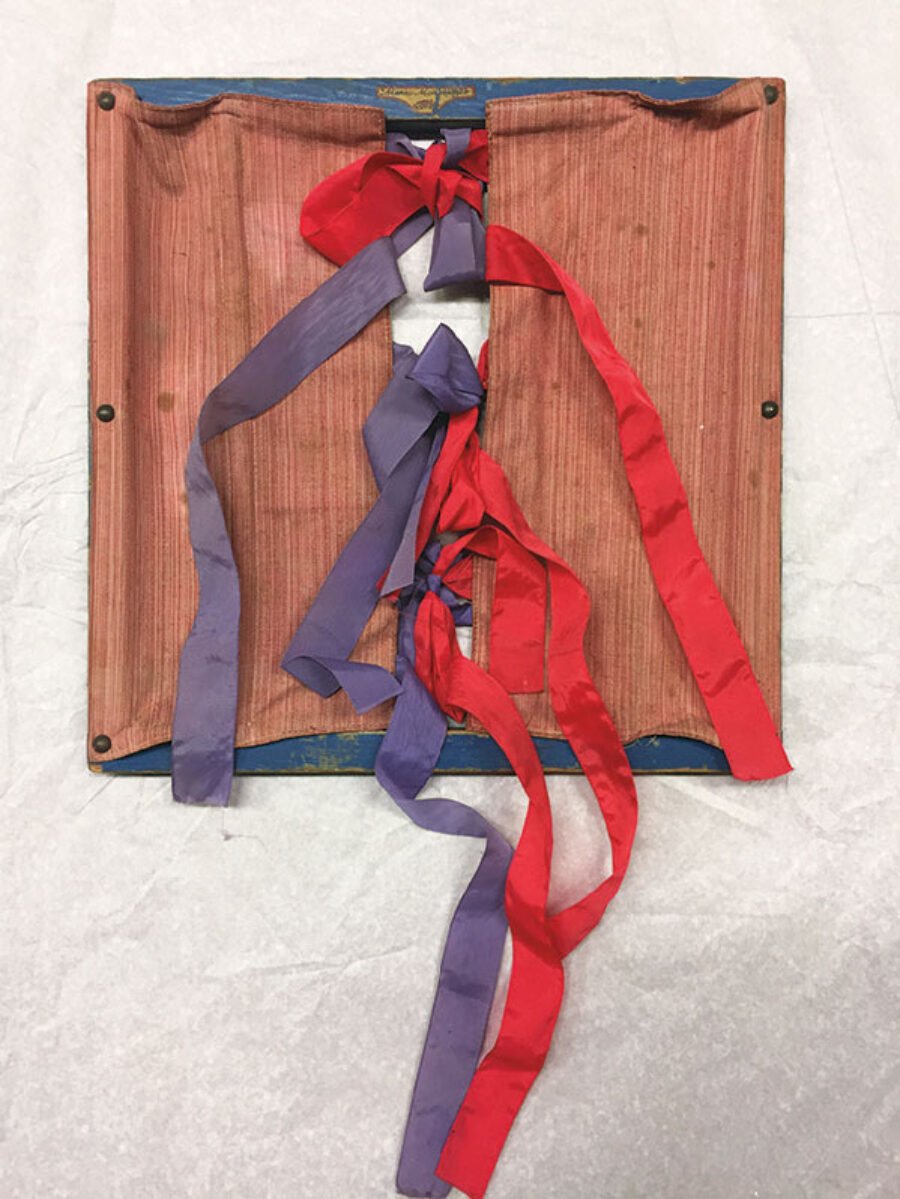
An educational toy designed by Maria Montessori, circa 1925 © Victoria and Albert Museum, London
Discussed in this essay:
The Child Is the Teacher: A Life of Maria Montessori, by Cristina De Stefano. Translated from the Italian by Gregory Conti. Other Press. 368 pages. $28.99.
She hires the daughter of a custodian to teach kindergarten. It is 1907 in a poor neighborhood in Rome, where there has never been a kindergarten before. An agency tasked with improving neighborhoods in the city is trying to provide a place for children to go while their parents are working, and Maria Montessori has been asked to run the program. Montessori instructs the inexperienced teacher that…






































































































